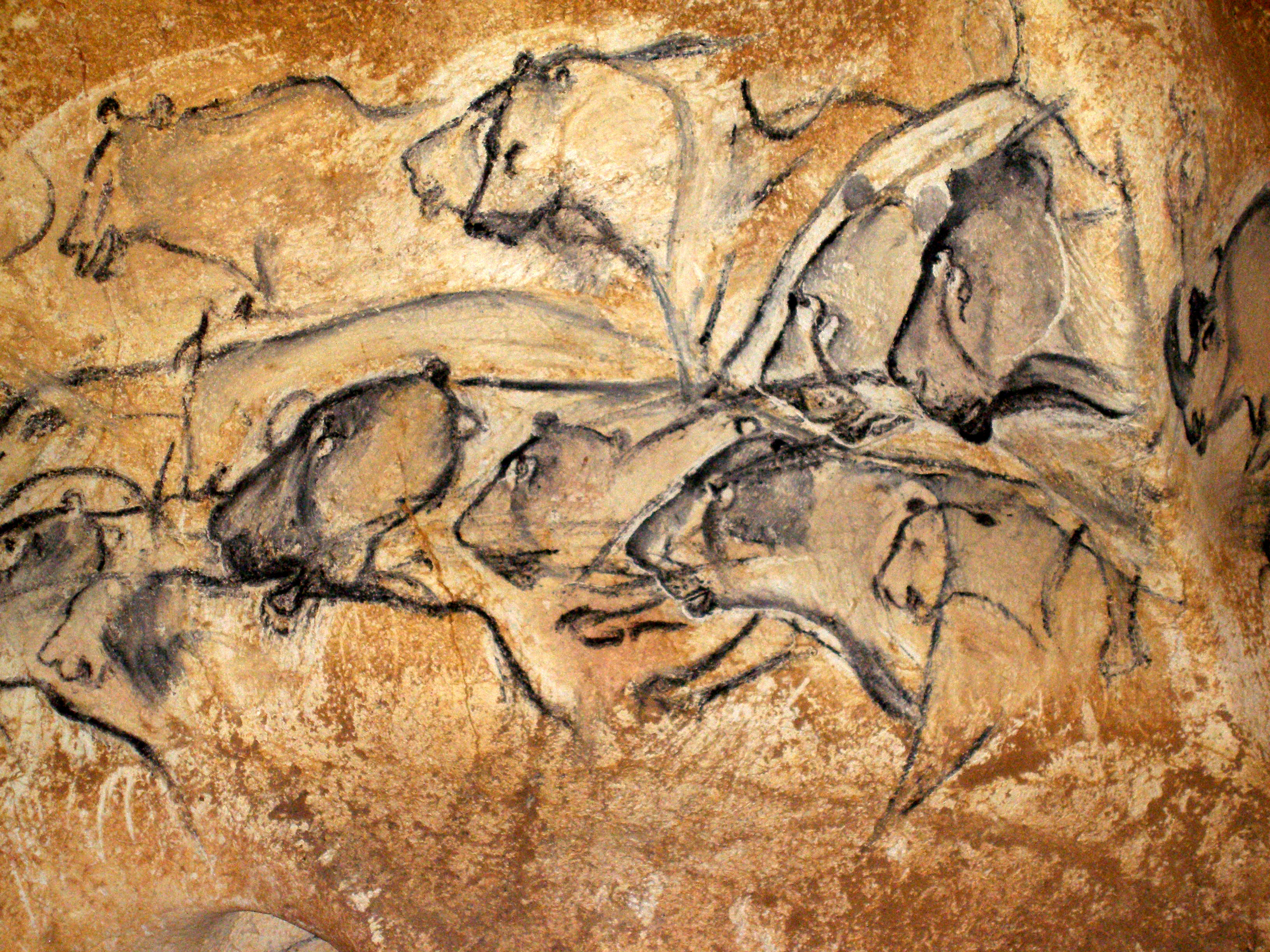

In the Ice Age western Europe, artists retreated deep into the grottoes, sometimes at tens of meters from the entrances, to paint or engrave on their walls and ceilings. This art faced the time and reached our times.

On their home caves' walls, the first artistic displays of the man emerged about 40,000 years ago, executed by Cro-Magnon people in Europe. Even chimps in Senegal were found to use caves against heat and rain.īut what is more important is that caves have preserved many aspects of the life of the Paleolithic (Old Stone Age) people. This article was most recently revised and updated by Chelsey Parrott-Sheffer.The first Homo sapiens employed caves against the cold or the hot weather, or to shelter against rains and wild beasts. At the turn of the 21st century, the American artist Kara Walker revived the silhouette to powerful effect in her work on race and gender relations.
#Mastodonte drawing on caves professional
Occasionally, professional caricaturists, such as the Englishman Phil May, continued to use the painted-shadow style but the underlying principles of silhouette art were mainly to persist in the 20th-century animated cartoons of Walt Disney and Lotte Reiniger and in poster art. After the mid-19th-century development of the daguerreotype and photography, shadow pictures and silhouettes became a type of folk art, largely executed by itinerant artists on street corners, in cafés, and at fairs. The painted “shade” and the paper-cut silhouette were very fashionable in 18th-century Europe and America as personal mementos. When paper became generally available, shadow portraits and scenes were often cut out, frequently freehand, directly from life. These shadow portraits were painted on diverse materials (plaster, wax, vellum, and paper) and were frequently elaborately mounted and framed.īeginning in the Renaissance period, various mechanical devices, such as the physionotrace, were invented and used to facilitate correct outline drawing. The last two techniques became widespread in 17th-century Europe. Ancient Greek and Roman painters devised methods of drawing the outline of a person’s shadow cast by sunlight, as well as by candlelight or lamplight. Representation by profile drawing continued in the more developed images of the tomb paintings, relief sculpture, and pottery decoration of the ancient Egyptians, Mesopotamians, Minoans, Greeks, and Etruscans. Possibly originating in the cave murals of Stone Age peoples, especially those in France and Spain, realistic representation appears to have been first achieved by tracing the outline of an object’s shadow, which was generally filled in with a flat colour. The development of silhouettes is linked to that of outline drawing and shadow painting. Which children’s author and mathematician wrote Alice’s Adventures in Wonderland? Which libel suit resulted in one of the most notorious trials in the history of art? Test your knowledge.

#Mastodonte drawing on caves how to


 0 kommentar(er)
0 kommentar(er)
